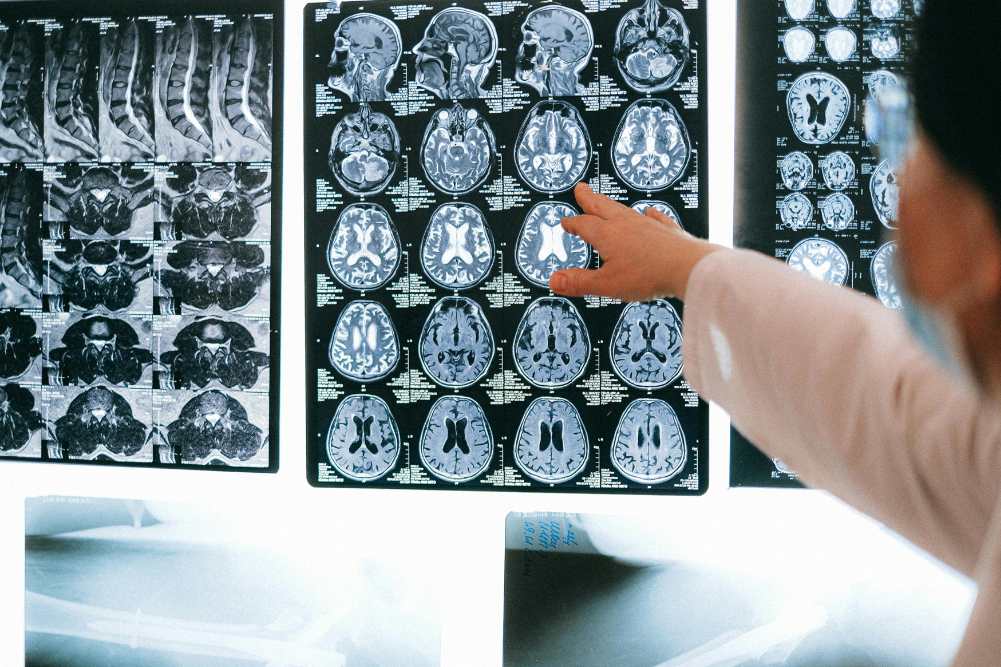Explore how AI-powered MRIs, retinal scans, and biohacking tools aim to revolutionise health diagnostics and longevity.
Silicone valley savants call it biohacking the DNA as if their singular smarts could magically be utilised to realign nature’s divine template. In the age of the measured self, when we’ve become addicted to a range of technological wizardry from aura rings to smart phones and even smart mattresses providing us with data to optimise our performance and outsmart and outlive the relentless march of time, there’s seemingly no end to the steps we’ll take to remain forever young.
For starters, how about a full-body MRI? For those who want a panoramic vista of any lump or growth that might be a lethal, evolving cancer, which once identifi ed and removed, can pre-empt a mounting catastrophe, look no further than a whole-body MRI. No doubt this sophisticated technology with its capacity to uncover hidden cancers in their early stages when we are still feeling well, and which is yet to cause any harm, is an undeniable boon. There are many who are choosing to have this test along with other selective organ scans using equally avant-garde investigative tools to discover if there is anything that needs to be removed or actioned before a disaster sets in.
A close relative and a medical specialist once possibly wisely advised me to never allow them, being other doctors, to investigate because they might think they’ve found something. Then the testing leads to an unnecessary cascade of further investigations with its attendant complications and endless worry. The end result might be inconclusive, and you end up none the wiser than where you started off .
The same might be said of the MRI body scan. For every one life that is saved, many more might incur immeasurable anguish by what is suggested. Not to worry, research scientists have arrived at a dazzling new innovation that will put all of our unease to bed. Enter the fi ve-minute MRI powered by AI that will enable scans to be completed at 10 times the speed of conventional technology with the added bonus of providing more clinically accurate diagnostic imaging. This level of refi nement might also enable innocuous lumps to be identifi ed as such, which would preclude the need for further unnecessary exploration.
Similar innovations can be incorporated to enhance the capacity of the brain MRI. While it can be used to uncover the early neurological transformations which herald the onset of dementia, these anatomical alterations identifi ed by MRI are not always specifi c, meaning that something else might be going on that is not Alzheimer’s. AI eliminates this uncertainty, allowing for sensitive and accurate early detection of the pointers to brain degeneration before they are set in stone. For those who are concerned that early memory loss might be marching them towards immutable mental decline, AI can be used to either reassure you that your forgetfulness is simply a natural feature of ageing or a harbinger of greater concern.
If you don’t want to spend your time bunkered down in the claustrophobic confi nes of an MRI machine, how about sampling a retinal scan guided by AI oversight? Imaging of the back of the eye can not only be used to predict the emergence of diseases of the eye, it can now also provide a window into the future emergence of neurodegeneration, heart disease and stroke. Retinal scans that suggest the arteries of the heart are fi lling up with toxic balls of fat would determine the necessity for having blood tests and other investigations such as a coronary angiogram or a CT scan of the heart. This would quantify a calcium score, which documents that the blood vessels of the heart are vulnerable, identifying all those risk factors that need to be countered to circumvent a cardiovascular catastrophe.
We might not be able to bio-hack our DNA, but AI might enable us to get closer to the holy grail of immortality.

